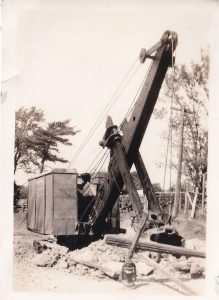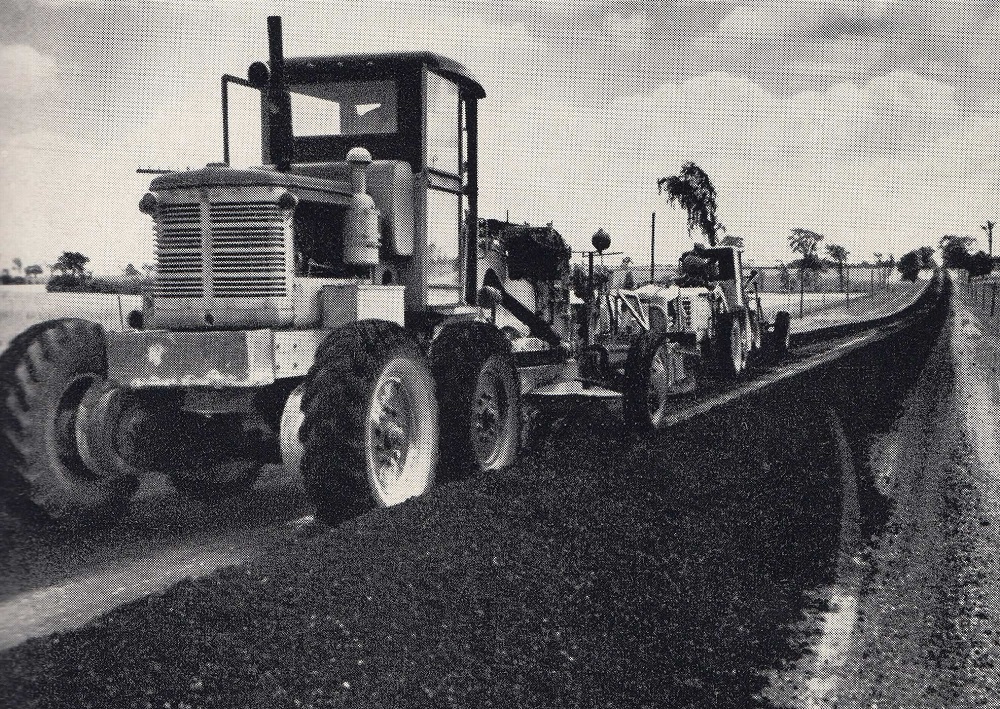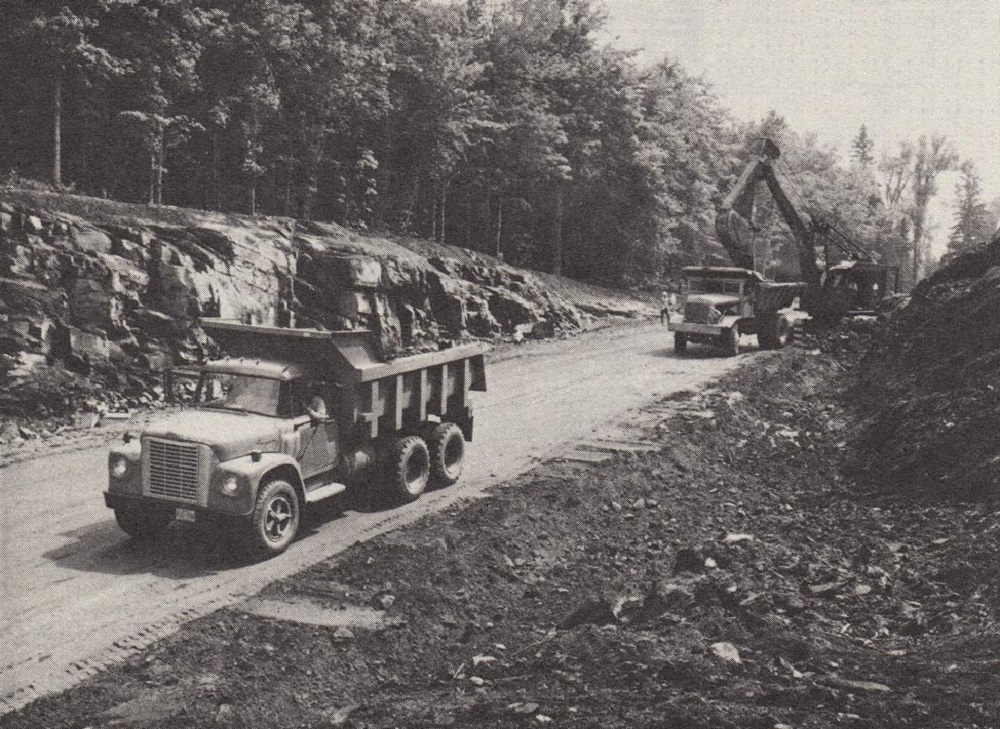Road Maintenance
Twenty-first century tourists motoring into northwestern Kawartha Lakes benefit from paved highways that conform to the latest standards in road engineering – but this was not always the case.
As gravel roads replaced the old corduroy roads over the first half the twentieth century, townships appointed local citizens as pathmasters to carry out basic road maintenance. Pathmasters were often insufficiently trained, paid little, and routinely ridiculed for their apparent inability to maintain a decent road.
Archibald William Campbell (1863-1927), who was appointed as provincial instructor of road-making in 1896, sought to change this.
A civil engineer by profession, Campbell was a fervent advocate for “good roads” and made several tours across Ontario to help small communities see the benefits of building better roads. He paid a visit to Lindsay in 1897 and spoke to residents from the surrounding townships about the need for standardized practices in road building and upkeep.
Despite Campbell’s impassioned efforts, good roads remained a distant dream for many communities. A November 25, 1910 editorial in the Lindsay Post lambasted local authorities for their indifference to the “good roads” question:
Can we honestly say that village, town, city, township and county councils have any particular interest in good roads? Not so. They pretend to have an interest in roads, public highways, but not in ‘good roads.’ Any roads of any kind, bad as they may be, are an expression, as a rule, of the height of their interest. They take no interest in ‘good roads,’ and their practise is sadly out of joint.
Various ideas were put forward to remedy the situation. Toll gates were proposed for the area in 1913, and a year later a gentleman named George Payne suggested that local townships invest in horse-drawn graders for every two miles of road.
By 1930, an influx of tourist traffic demanded that highway maintenance be given priority. A tragic accident north of Lindsay in 1937 again raised questions about the suitability of gravel roads, and calls were made to ensure that road surfaces “meet the conditions of modern traffic.”
Significant improvements were made to highways following the Second World War. Steam shovels and motorized graders made road-building and maintenance more efficient. By 1960, both Highway 35 North and Highway 46 had been paved.
Road maintenance remains a perennial topic of discussion in Kawartha Lakes, which welcomes over 1 million Canadian tourists to its roads and highways each year.




